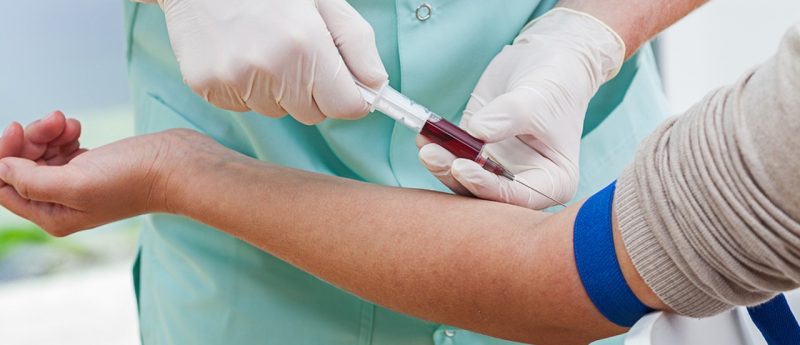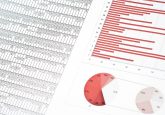New, faster and cheaper sickle cell disease test developed

Researchers have developed a new test for sickle cell disease, faster and cheaper than other tests, following a chance meeting with a hematologist, which could help children in the developing world.
Sickle cell disease is one of the conditions tested for immediately after birth in the USA; children born in the developing world, however, aren’t so lucky. As a result, many children suffer and die from the condition every year. The researchers behind a new sickle cell disease test that has been developed hope that it can prevent at least some of these deaths.
The research team involved, AJ Kumar (a Post-Doctoral Fellow in Chemistry and Chemical Biology working in the lab of George Whitesides, the Woodford L. and Ann A. Flowers University Professor) and colleagues, have developed a new test that provides results in just 12 minutes, which costs as little as 50 cents – making it faster and cheaper than existing tests. Their work is described in a paper recently published in the Proceedings of the National Academy of Sciences.
Kumar described how “the tests we have today work great, they have a very high sensitivity. “However, he also described how “…the equipment needed to run them costs in the tens of thousands of dollars, and they take hours to run. That’s not amenable to rural clinics, or even some cities where the medical infrastructure isn’t up to the standards we see in the US. That’s where having a rapid, low-cost test becomes important and this paper shows such a test can potentially work.”
The test works by connecting two ideas that have been understood by scientists for decades. The first idea is that blood cells affected by the disease are denser than normal cells, and the second is that many polymers, when mixed in water, automatically separate into layers ordered by density. A chance meeting with Dr Thomas Stossel, a hematologist by training, led Kumar to believe that this might have a real impact on sickle cell disease, as Stossel suggested he work on the disease.
Kumar and colleagues then ran tests on infected blood; healthy red blood cells settled in the tubes at specific levels, while the dense blood cells infected with sickle cell settled in a significantly lower band. This band of red cells could be seen clearly by eye. However, the team also “…wanted to make the test as simple as possible,” Kumar explains.
“The idea was to make it something you could run from just a finger prick. Because these gradients assemble on their own, that meant we could make them in whatever volume we wanted, even a small capillary tube.” The final design is barely larger than a toothpick and is simple to use in the field. To run the test, all that needs to be done is to uncap the tube, prick the patient’s finger and allow the blood to wick into the tube.
The deceptively simple test showed good sensitivity and specificity for the disease, when run against more than 50 clinical samples. This early evidence is promising, but additional testing is required to determine whether it is truly accurate enough to be used in the field.
Source: Kumar AA, Patton MR, Hennek JW et al. Density-based separation in multiphase systems provides a simple method to identify sickle cell disease. Proc. Natl Acad. Sci. USA. DOI: 10.1073/pnas.1414739111 (2014) (Epub ahead of print); Harvard gazette, From chance meeting, a chance to save lives.





